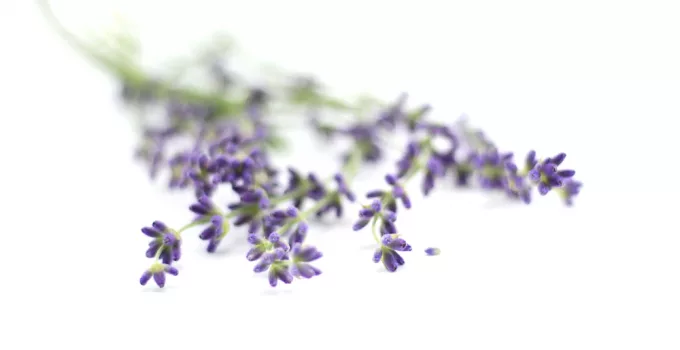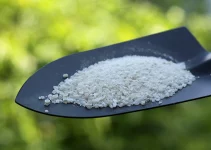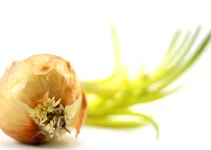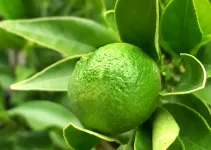The interesting part about the question does lavender spread out is that fact that you can actually very easily stop a lavender shrub from spreading out.
Plus, lavender doesn’t actually spread out, unlike some very popular herbs, like mint, thyme, and oregano.
We’ve all seen pictures of the countryside of southern France with its worldwide famous lavender fields but what if you don’t want your garden to resemble those fields?
Don’t worry, it simply won’t. You don’t actually have to do much.
Although,
A field of lavender with that fragrance and the beautiful color is simply a wonder of this world for many people. With a bit of shame, I will admit that I’m not the biggest fan but that’s on me. I much prefer plants like crotons or succulents.
Table of Contents
How to Stop Lavender Spreading
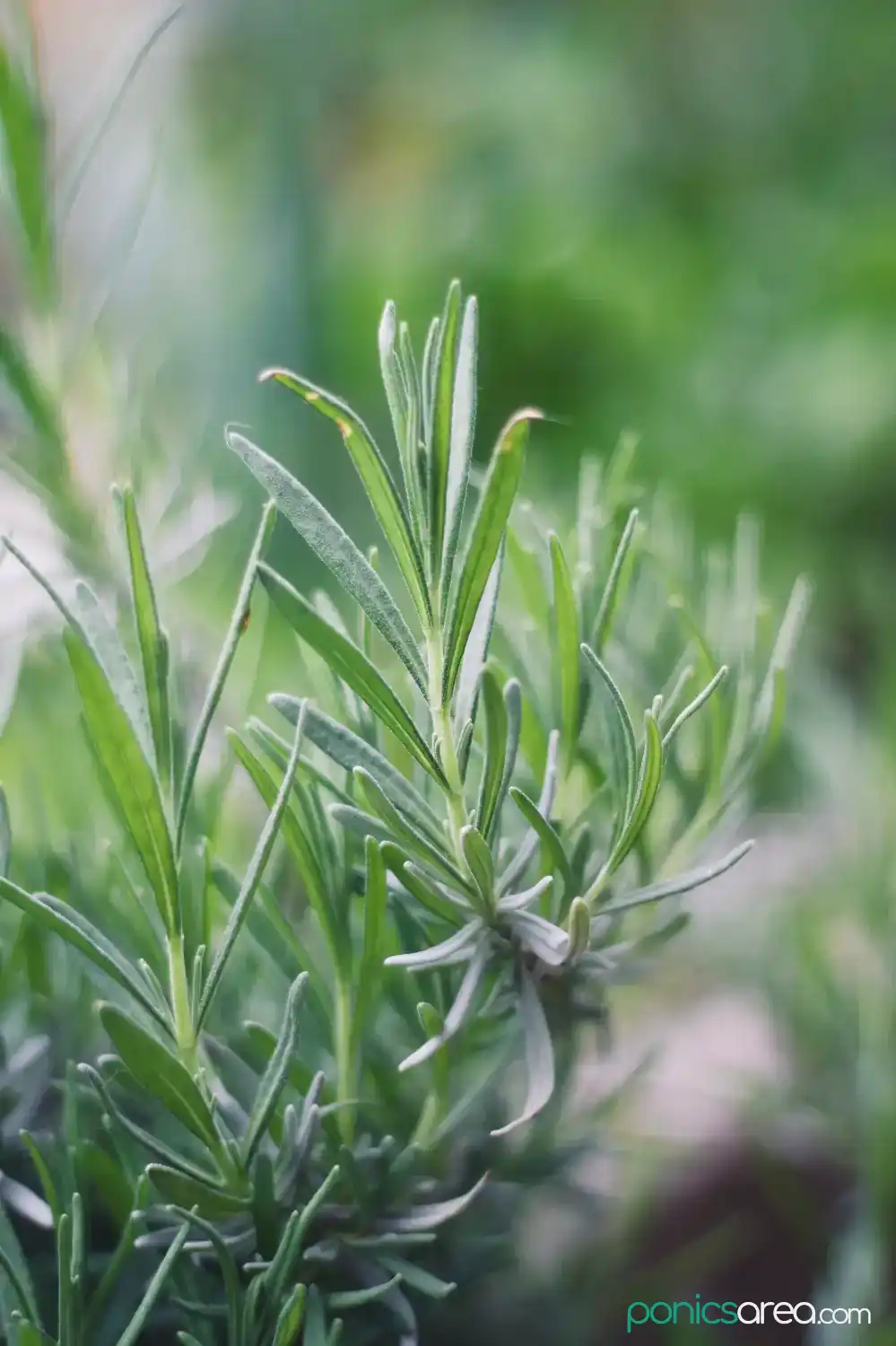
Does lavender spread out? The direct answer would be no.
So, you basically don’t need to do anything to stop lavender from spreading.
Lavender can be propagated from seeds and from cuttings but both these methods require your personal involvement and care.
Lavender is not invasive
Most lavender plants will grow up to 3 feet and that’s where they’ll stay but some varieties can only reach 2 feet in height and width (24 inches). It doesn’t grow into a large shrub and that height includes the height of the flowers.
Lavender doesn’t spread out, it’s definitely not an invasive plant, like mint and mint varieties are. The mint plant is probably the most famous herb for its intention of taking over the plant. Other invasive herbs are oregano, thyme, horseradish, lemon balm, artemisia, comfrey.
Trim off the seed bearing flower heads
And if you’re worried about that and you want to stop lavender from spreading all you have to do is trim off the seed bearing flower heads.
The flowers are developing into seed heads when they have gone over and look dull. Just prune them after flowering at the end of summer if you want to reinvigorate the look of your shrub.
Lavender can spread out by seed dispersal but, if you’re cutting off the seed bearing flower heads, your garden is completely safe.
Seeds dispersed from pods is the only method for spreading out lavender. It doesn’t work through self-propagation nor by division. Which makes it very easy to stop lavender from spreading out and why the answer to does lavender spread out is no.
Moreover,
The germination of the seeds requires specific conditions. It rarely germinates from self-seeding, like oregano does.
You won’t just wake up one day and find another lavender shrub and a few days later another shrub and so on. That’s not happening, even if you would want it to be so.
Interesting FAQs on Lavender
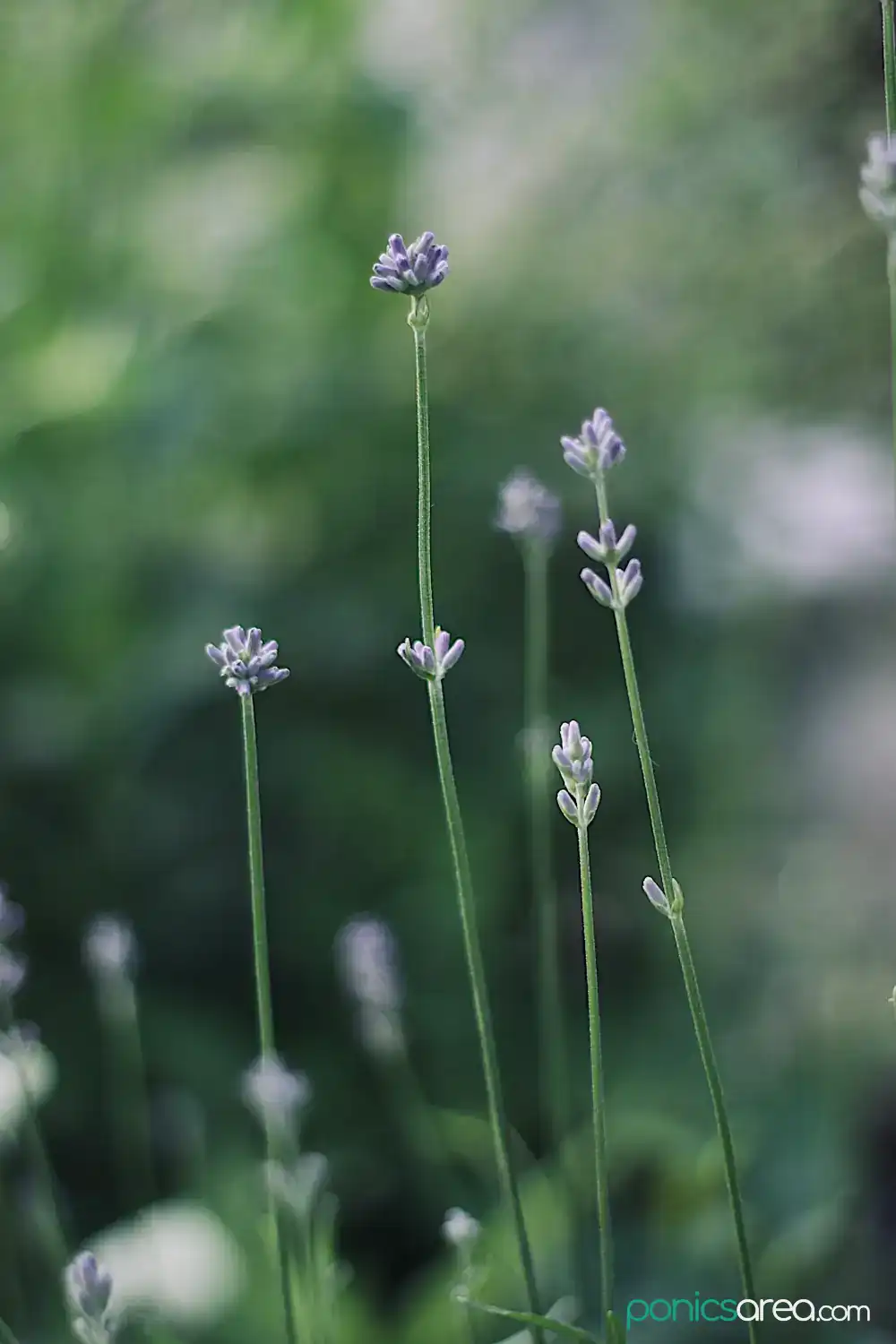
We’ve already answered the very important question does lavender spread but now it’s time to answer a few more useful questions on this wonderful plant.
Q. Does lavender spread easily?
No, it doesn’t. Lavender mainly spreads when seeds are dispersed from pods and even then there are specific conditions for successful germination. Lavender is not an invasive herb, at all.
Q. How do you rescue a woody lavender?
Pruning lavender is the solution for reviving an overgrown lavender. You only need a pair of shears. It will bring back the compact rounded shape but it will also help prolonging the shrub’s lifespan.
A lavender that is not pruned will become overgrown, woody, too tall, and it will ultimately collapse.
You can prune the stems back after flowering at the end of summer (late August/September). In addition, you can perform another pruning in early spring to prevent the lavender from getting leggy.
But if you prune it too harshly, it might not come back. Otherwise, lavender is a perennial that can last for several years under proper care.
Q. How do you keep lavender plants upright?
In order to keep lavender plants upright you just have to grow it in a low-to-medium nutrient soil mix, which you can easily obtain by combining sand or grit with potting soil or compost.
If you want to read an in-depth, scientific analysis of the proper soil that lavender needs, check out this article from uslavender.org.
Sandy soil (well-aerated, well-drained, and mildly rich with nutrients) is a recommendation for encouraging lavender to grow upright.
We’re mainly accustomed to growing plants that require nutrients-rich soils. However, lavender doesn’t fall into that category.
Overall, it’s not a demanding plant. Once it’s fully grown it doesn’t even need to be watered very often. It’s a drought tolerant plant.
Q. Does lavender need sun or shade?
It needs at least 6 hours of sunlight in order to bloom and thrive.
Q. Where should lavender be planted?
Planting lavender in the sections of your yard that are sunnier will also help it survive during the winter months.
It also helps if you plant it next to a building because it can provide wind protection and keep it warmer but ensure that the place you choose receives at least 6 hours of sunlight.
It can also be grown in raised beds or as a potted plant.
Just make sure that the pot or the raised bed is large enough to contain a fully grown plant. Keep in mind that most lavenders can grow up to 3 feet.
A 4-inch pot can be a good starting container. The lavender plant will double in size every year until year three. In year three it will only grow 2/3 bigger than in year two. It will continue to grow larger until year five.
At some point it might get too big for the starting pot, you will have to transplant it.
Always ensure that it has good drainage, it can die from excess moisture.
Q. What is the best fertilizer for lavender?
Lavender is a plant that doesn’t require much fertilizer in order to grow and thrive. You don’t necessarily have to use any fertilizer at all.
An all-purpose 20-20-20 NPK fertilizer can be enough for smaller plants that are just starting out.
However, once your plant is fully grown, you should choose a low-nitrogen fertilizer because too much nitrogen can diminish flower production.
A fertilizer with a higher percentage of potassium (K) can be used to strengthen it for the winter.
Q. Can you eat lavender?
Besides being a beautiful addition to any garden, there are actually other lavender uses that might interest you.
You can use it for crafting, cooking, aromatherapy.
In cooking, lavender is a herb that can be used for making sweet and savory dishes. It will add a light floral note.
It can be used in herb blends, for making herbal cooking oils or to make lavender sugar and syrup. Herbal teas with lavender can be a substitute for chamomile tea for its soothing capabilities.
The answer to does lavender spread out is no but maybe it would be nice if it did, since it has so many uses.

